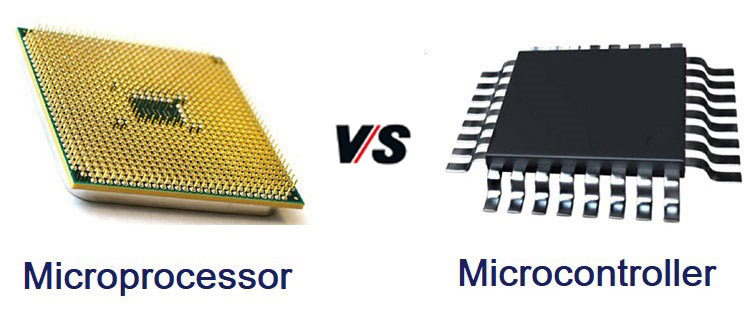
Microprocessors and microcontrollers are two different types of chips used in various electronic devices. While microprocessors are used in PCs and laptops, microcontrollers are used in embedded systems.
In this post, I’ll delve into the key differences between these two types of processors and examine the various applications and uses for each.
From embedded systems to consumer electronics, MCUs and microprocessors play a critical role in the technology I rely on daily.
So, let’s dive in and discover these powerful computing devices’ unique capabilities and features.
What is a Microcontroller?

A microcontroller, also known as Micro-Controller Unit (MCU) or embedded controller, is a compact integrated circuit containing a microprocessor, embedded memory, and peripherals on a single chip.
It is designed to control a specific function or a group of related functions in an embedded system, such as a washing machines, a toys, remote controls, etc.
Microcontrollers typically won’t require a complex front-end operating system (OS) and have a small amount of onboard memory and limited computational power compared to microprocessors. Still, they also have a smaller power-consumption and are cheaper than microprocessors.
They are often used in applications requiring a low-cost, low-power, and small-size solution.
They are also used in various applications, including consumer electronics, automotive, industrial control systems, medical equipment, and many others.
Examples of famous Microcontroller families are PIC Microcontroller, AVR Microcontroller, and ARM Cortex-M Microcontroller.
How does a microcontroller work?
The essential operation of a microcontroller can be broken down into the following steps:
1. The Microcontroller receives input from external devices such as sensors, switches, or keypads through its input/output (I/O) ports.
2. It processes the input data using its central processing unit (CPU). The CPU performs arithmetic and logic operations on the input data according to the instructions stored in the Microcontroller’s memory.
3. The MCU stores the processed data in its memory. It can also access external memory or other components, such as timers and communication interfaces.
4. The Microcontroller uses its output ports to control external devices such as motors, LEDs, or displays.
5. It repeatedly performs these steps, constantly monitoring its inputs and controlling its outputs.
6. The Microcontroller is programmed using embedded C or assembly language, and the program instructions are stored in the internal memory of the Microcontroller.
7. The MCU can be programmed to perform a set of instructions, make decisions based on the input and perform a specific task.
What is a Microprocessor?
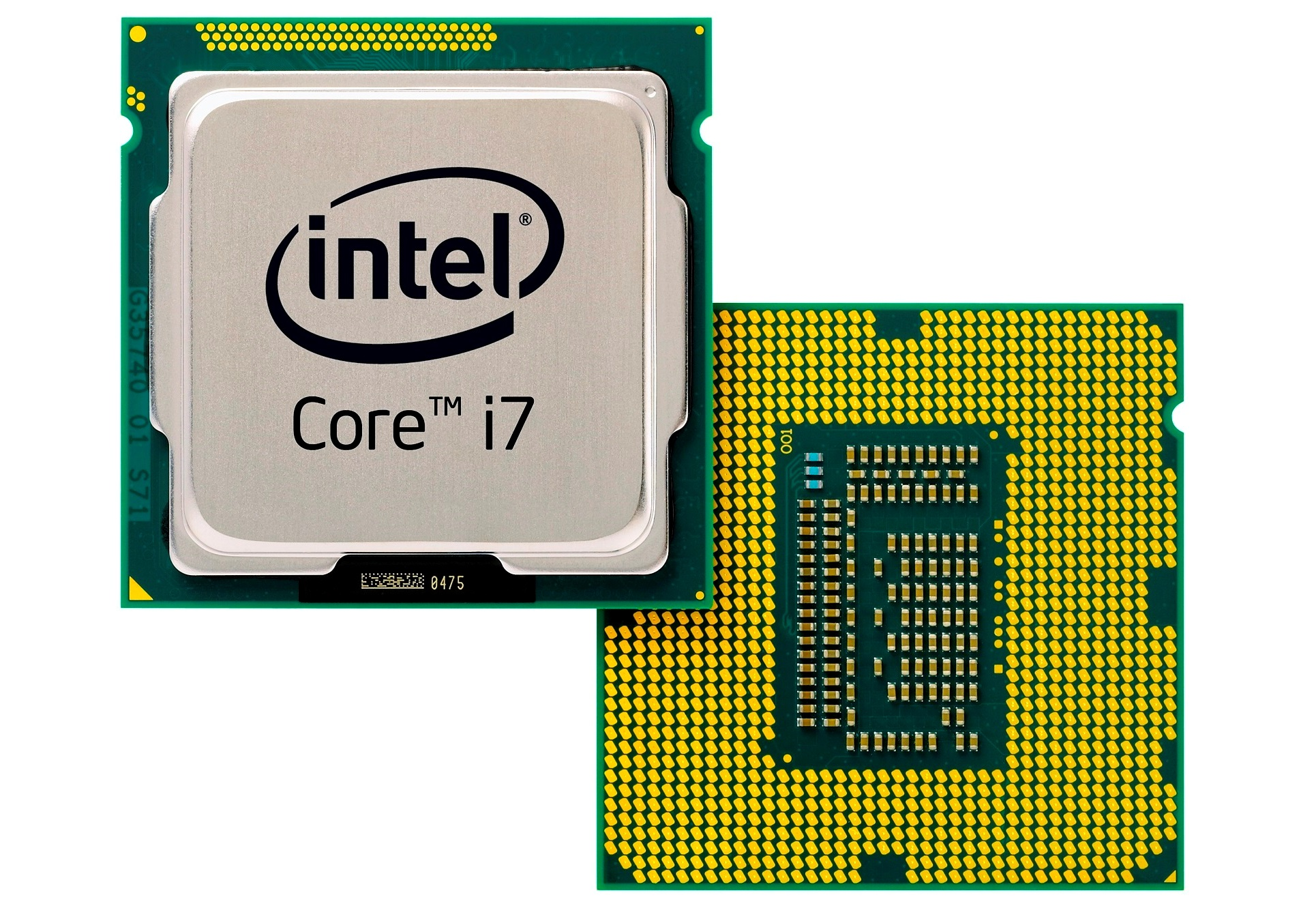
A microprocessor is a computer processor on a microchip. It is an integrated circuit containing a computer’s central processing unit (CPU).
It is responsible for performing the instructions of a computer program and controlling the other components of a computer or device.
A microprocessor can execute a set of instructions stored in its memory and handle arithmetic and logic operations.
Microprocessors have the more computational power and memory capacity compared to microcontrollers.
They are typically found in personal computers, servers, and larger systems, requiring more processing power.
Examples of popular microprocessors are Intel x86, AMD Ryzen, and ARM Cortex-A.
How does a microprocessor works?
The essential operation of a microprocessor can be broken down into the following steps:
1. The microprocessor receives instructions from memory.
2. It decodes the instructions and performs the corresponding operations using its Arithmetic Logic Unit (ALU).
3. The microprocessor retrieves data from memory or input/output (I/O) devices, operates, and stores the results back into memory or I/O devices.
4. It uses a clock signal to synchronize its operations and to execute instructions at a specific rate.
5. The microprocessor can also access external memory and communicate with other components through buses and interfaces.
6. It is typically programmed using high-level languages such as C, C++, and Python.
7. The microprocessor can execute different programs and operate on more complex data sets than microcontrollers.
Difference between Microprocessor and Microcontroller (MCU)
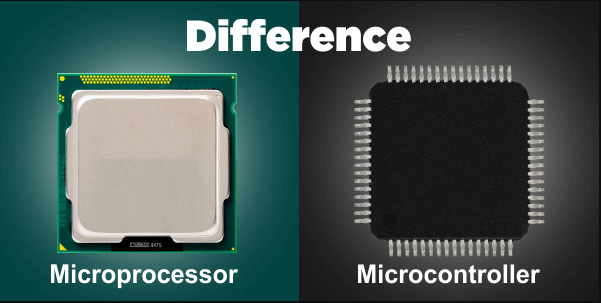
Microcontrollers (MCUs) and Microprocessors are integrated circuits that contain a CPU, but they have some key differences.
· Purpose: The primary purpose of a microcontroller is to control a specific function or group of related functions in an embedded system, such as a washing machine, a toy, or a remote control. On the other hand, a microprocessor is designed for general-purpose computing and is typically found in personal computers, servers, and other larger systems that require more processing power.
· Onboard memory and peripherals: Microcontrollers typically have a small amount of onboard memory and a limited number of peripherals such as timers, ADCs, and UARTs, while microprocessors have larger memory capacity and a greater number of peripherals such as network interfaces, multiple cores, and graphics cards.
· Power consumption and cost: Microcontrollers have a smaller power consumption and are cheaper than microprocessors. They are often used in applications requiring a low-cost, low-power, and small-size solution. On the other hand, microprocessors have more computational power and memory capacity. Therefore, their total power consumption is considerably high and are more expensive.
· Applications: Microcontrollers are used in various applications, including consumer electronics, automotive, industrial control systems, medical equipment, and many others. Microprocessors are typically found in personal computers, servers, and larger systems, requiring more processing power.
· Programming: Microcontrollers are programmed using embedded C or assembly language. Microprocessors are typically programmed using high-level languages such as C, C++, and Python.
In short, microcontrollers are specialized for control applications in embedded systems, while Microprocessors are designed for general-purpose computing in larger systems.
How are Microcontrollers (MCUs) and Microprocessors used in different applications?
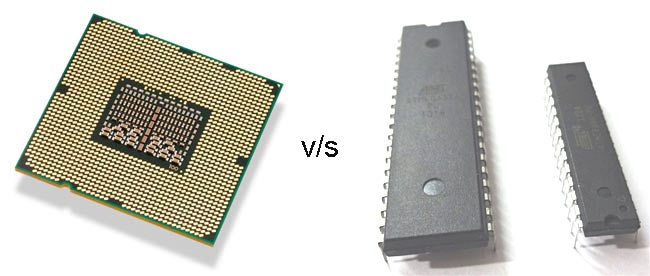
Microcontrollers (MCUs) and microprocessors are used in many applications, but they are typically used in different systems.
Microcontrollers specialize in control applications in embedded systems, while microprocessors are designed for general-purpose computing in larger systems.
Microcontrollers’ lower cost, lower power consumption, and smaller form factor make them well-suited for embedded applications, while microprocessors’ higher performance and larger memory capacity make them well-suited for general-purpose computing applications.
· Microcontrollers:
Microcontrollers are used in various applications, including consumer electronics, automotive, industrial control systems, medical equipment, and many others.
They control specific functions or a group of related functions in an embedded system.
They are used to control appliances, toys, and other consumer products, as well as in automotive systems such as engine control and powertrain control, industrial systems such as factory automation and process control, and medical equipment such as blood glucose meters and heart rate monitors.
They are also used in various applications, such as home automation, robotics, and IoT devices.
· Microprocessors:
Microprocessors are typically found in personal computers, servers, and larger systems, requiring more processing power. They are also a part of gaming consoles, smartphones, and other mobile devices.
They are used to perform the instructions of a computer program and control the other components of a computer or device.
What are the benefits of using Microcontrollers over Microprocessors?

While microprocessor and microcontroller both contain a CPU and can be used for similar tasks, microcontroller offer several benefits over microprocessor in specific applications:
· Cost-effective: Microcontrollers are generally less expensive than microprocessors, making them a cost-effective solution for many embedded applications.
· Low power consumption: MCUs consume less power than microprocessors, making them suitable for battery-powered and energy-sensitive applications. They also have a power saving mode (low power mode) or idle mode to further lower the power consumption.
· Small size: They are smaller in size than microprocessors, making them suitable for applications with limited space.
· High integration: MCUs integrate many functions on a single chip, including a processor, memory, and peripherals such as timers, ADCs, and UARTs. This high level of integration on a single integrated circuit reduces the need for external components and simplifies the system’s design.
· Real-time capabilities: They are better suited for real-time applications due to their low power consumption and the ability to handle interrupts quickly and efficiently.
· Ease of programming: Microcontrollers are typically programmed using embedded C or assembly language, which are relatively easy to learn and use.
· Easy to debug: MCUs have the built-in debugging capability, which makes them easier to test and debug than microprocessors.
· Wide range of applications: As micro-controller can be used in compact systems, they are used in various applications, including consumer electronics, automotive, industrial control systems, medical equipment, and many others.
What are the benefits of using Microprocessors over Microcontrollers?
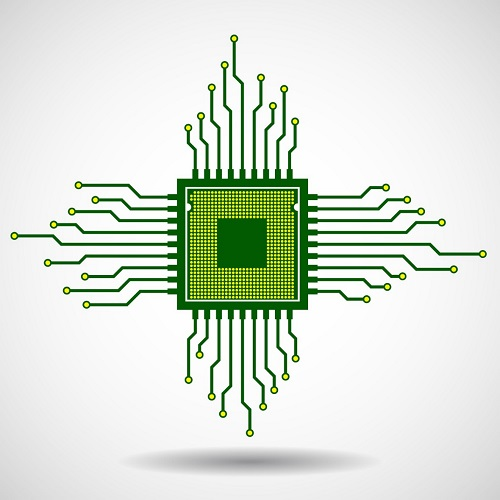
Microprocessors offer several benefits over microcontrollers in specific applications:
· Greater computational power: Microprocessors have the more computational power and memory capacity than microcontrollers, making them suitable for applications requiring more processing power and larger data sets.
· More peripherals and Memory: They support more peripherals such as network interfaces, multiple cores, and graphics cards than microcontrollers. Besides, its memory and features are also scalable, as hardwares like RAM and ROM can be connected externally.
· General-purpose computing: Microprocessors are designed for general-purpose computing, which means they can run various programs and applications.
· High-level programming: They are typically programmed using high-level languages such as C, C++, and Python, which are more powerful and easier to use than embedded C or assembly language.
· More powerful OS: Microprocessors can run more powerful operating systems such as Windows, Linux, or macOS, allowing for more complex applications.
· More flexibility: They are more flexible than microcontrollers and can be used in a plethora of applications, such as personal computers, servers, workstations, gaming consoles, smartphones, and other mobile devices.
Examples of products that use Microcontrollers (MCUs)

Microcontrollers (MCUs) are used in various products and applications. Some examples include:
· Consumer electronics:
Many consumer electronics products, such as televisions, DVD players, washing machines, and air conditioners, use microcontrollers to control their various functions.
· Automotive systems:
Microcontrollers are used in automotive systems such as engine control, powertrain control, and body control systems.
· Industrial control systems:
MCUs are used in industrial control systems such as factory automation and process control.
· Medical equipment:
Microcontrollers such as blood glucose meters and heart rate monitors are used in medical equipment.
· Home automation:
MCUs are used in home automation systems to control lighting, heating, and other household functions.
· Robotics:
Microcontrollers are used in robotics to control the movement and functions of robots.
· IoT devices:
MCUs are widely used in IoT devices such as smart thermostats, smart locks, and other connected devices.
· Smart appliances:
Appliances such as refrigerators, ovens, and dishwashers use microcontrollers to control their various functions.
· Smart lighting:
They use microcontrollers to control the lights’ brightness, color, and other features.
Examples of products that use microprocessors
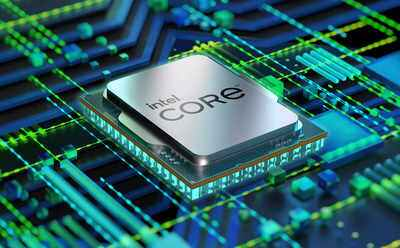
Microprocessors are used in a wide range of products and applications. Some examples include:
· Personal computers: Microprocessors are the heart of personal computers. They are responsible for executing the instructions of a computer program and controlling the other components of a computer or device.
· Servers: They use microprocessors to handle many requests and perform complex calculations.
· Workstations: They use microprocessors to handle high-end graphics, video editing, and other demanding tasks.
· Gaming consoles: They use microprocessors to execute the instructions of video games and control the other components of the console.
· Smartphones: They use microprocessors to execute the instructions of apps and control the other components of the phone.
· Tablets: These devices use microprocessors to execute the instructions of apps and control the other components of the tablet.
· Smart TVs: They use microprocessors to execute the instructions of apps and control the other components of the TV.
· IoT gateways: They use microprocessors to handle the communication between IoT devices and the internet.
· Industrial automation systems: Microprocessors are widely used in industrial automation systems to control and monitor various processes.
In conclusion,
Microcontrollers (MCUs) and microprocessors are integrated circuits that contain a CPU, but they have some key differences.
Microcontrollers specialize in control applications in embedded systems, while microprocessors are designed for general-purpose computing in larger systems. MCUs offer a cost-effective, low power, small form factor, high integration, flexible, and easy-to-program solution for many embedded applications.
On the other hand, Microprocessors are a heart of Computer system as they are more powerful, have more peripherals, general-purpose, high-level programming, powerful OS, and flexible solutions for applications that require more computational power and larger data sets.
